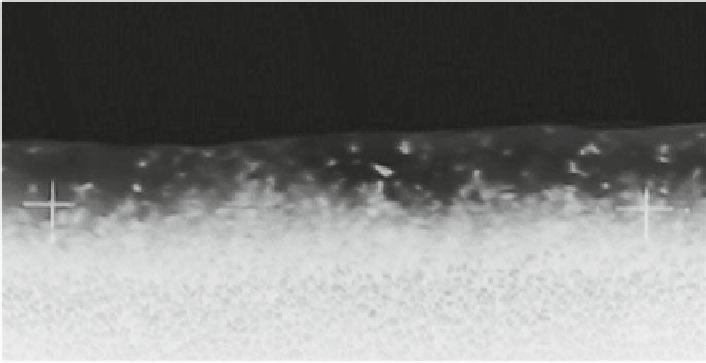Geoscience Reference
In-Depth Information
Dam-break flows constitute an interesting case of geomorphic flow, featuring
sediment transport at high shear stresses, discontinuities, and critical flow points.
They share features with other flows of the same class, such as avalanches, debris
flows, and intense floods. Hence, in this work, dam-break flows will be object of
mathematical description, in the hope to build a more generalized model.
The physical model presented was developed within the granular-fluid flow
paradigm (reviews in Armanini et al.
2005
;Ferreira
2005
),attendingtothe
properties of the granular material, the properties of fluid, and the viscous
interaction between both. The numerical model is developed within the finite-
volumeframeworkandbasedonthemodelpresentedMurilloandGarc
´
a-Navarro
(
2010
), allowing for a fully conservative simulation. The implementation is
on-going.
2 Physical System
2.1 Conservation Equations
Geomorphic flows are a class of free-surface, shallow, multiphase flows (water and
granular solid material), exhibiting high shear rates and shear stresses. The micro-
mechanical characteristics of the sediments are relevant for the definition of the
constitutive equations of the system.
The flow structure is represented in Fig.
1
, where three main layers can be
pointed out: A is a clean water layer, with low concentration of suspended load,
where turbulent stresses are dominant; B is a transport layer, where the sediment
concentration decreases as we move upwards in the flow and most stresses are of
A: clear water/suspend sediment layer
streaming sub-layer
B: transport layer
collisional sub-layer
frictional sub-layer
C: bed
Fig. 1 Details in a stratified flow






